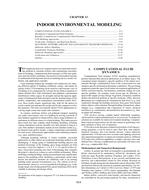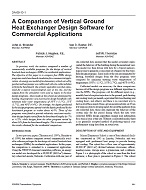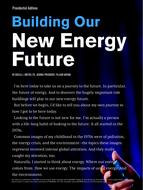Click here to purchase
The paper presents the results from an experimental evaluation of a novel air cleaner based on UVC radiation at 253.7 nm in combination with a titanium dioxide (TiO2) catalytic converter. The wavelength of the UV light is selected with the purpose of enhancing the capability of the device to deactivate micro-organisms. Furthermore, the selected UV-wavelength is expected not to cause any substantial generation of ozone.
The air cleaner, denoted PCOC3, consists of three photo catalytic oxidation (PCO) chambers connected in series. The device is equipped with a pre-filter for removal of airborne particles (MERV 11). The air cleaner is intended for in-duct use, i.e. integration in central ventilation systems.
In a subset of the experiments ozone was generated by an electrical spark generator placed upstream of the tested air cleaner and measured downstream by a direct reading instrument based on UV-spectroscopy. In another subset of experiments selected VOCs were injected into the test-rig and the decay was measured after the VOC injection had been stopped.
The measurements showed no signs of any ozone being generated by the PCOC3. Instead the results indicate that ozone is captured by the device at a removal rate corresponding to 67 air changes per hour in the test-rig used, which, in turn corresponds to a single pass efficiency of about 15%.
Also the studied VOCs were found to be removed by the PCOC3, but at substantially lower rates; in the range of a few air changes per hour only.
Citation: ASHRAE Conference Papers, Las Vegas, NV
Product Details
- Published:
- 2011
- Number of Pages:
- 8
- File Size:
- 1 file , 460 KB
- Product Code(s):
- D-LV-11-C052


